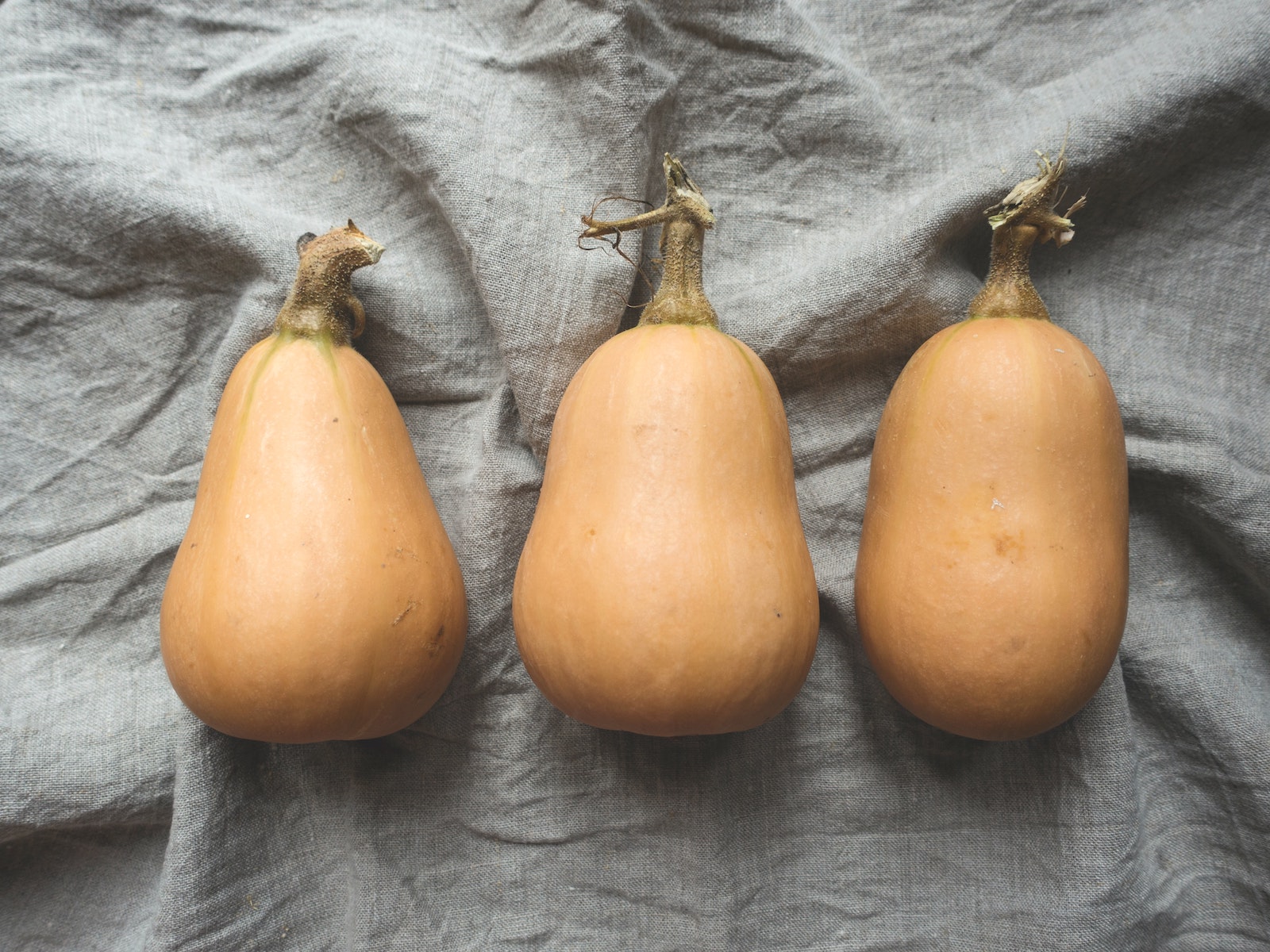Fall is often characterized as harvest season and for the home gardener this can mean reaping the benefits of your efforts over the summer. Despite its misleading name, winter squash is typically grown in the summer and harvested near the end of the growing season. The plants are easy to grow and a versatile food to cook with. Unlike many summer fruits and vegetables winter squash can be kept fresh for months if properly stored.
If your plants did exceptionally well this past summer and you are left with a bumper crop of squash, we have rounded up a variety of tips to cure and store your squash, as well as inspiring recipes outside your go to butternut squash soup and roasted delicata.
1. CURE IT

Did you know winter squash needs to be cured ahead of storing? The process helps increase shelf life. Curing hardens the skin, slowing respiration. Additionally, the process helps evaporate water present in the squash, concentrating sugars and increasing its sweetness.
Begin by choosing squash that are free of cuts, bruises, or damage to the stems. Damages introduce oxygen and will cause the squash to spoil. Without using water, remove any dirt or debris stuck to the outside of the plant. Cure squash by separating them on an elevated rack or mesh screen for a period of 10 to 14 days at around 80°F and humidity of 80 to 85 percent. It is also best to do so in a space with decent ventilation to ensure air circulation.
2. STORE IT
After curing squash, store them in a cool, dark, and dry place with relatively low humidity. This is best done on a shelf, rack, or in a basket. Also, do not store squash near apples, pears, or any ripening fruit as ethylene gas released by ripening fruit will cause squash to eventually rot. If you notice spots on a squash, remove it from the mix, as one bad apple can spoil the batch.
3. PICKLE IT
This recipe from Sunset Magazine is inspired by the Northern Italian preparation technique, carpione. Squash is deep fried along with sage leaves and then covered with pickling brine.
4. BAKE IT
Many winter squashes have sugar contents similar to pumpkins so consider swapping out the main ingredient in pumpkin pie for butternut squash. This recipe from House of Yum offers a more complex flavor profile than a canned pumpkin would and it will be a dinner table conversation starter.
5. FERMENT IT
If you want to enjoy your squash for months to come, try this great recipe from the Kitchn for lacto-fermented squash with apples. The hearty and grounding combination is a great addition to your next sandwich or as a side on your dinner plate.
More Tips?
Any additional tips for cooking or storing squash? Send them to the Sustainable America team or tag us in your next Instagram post.
